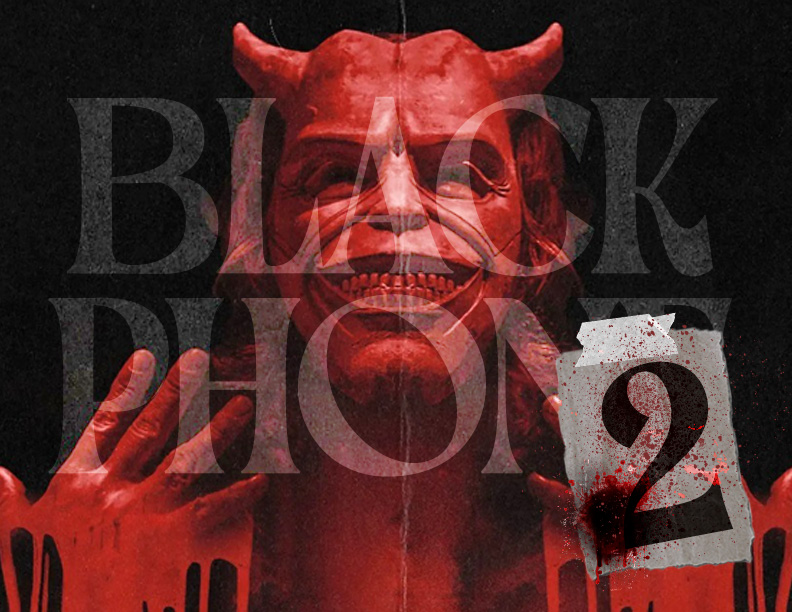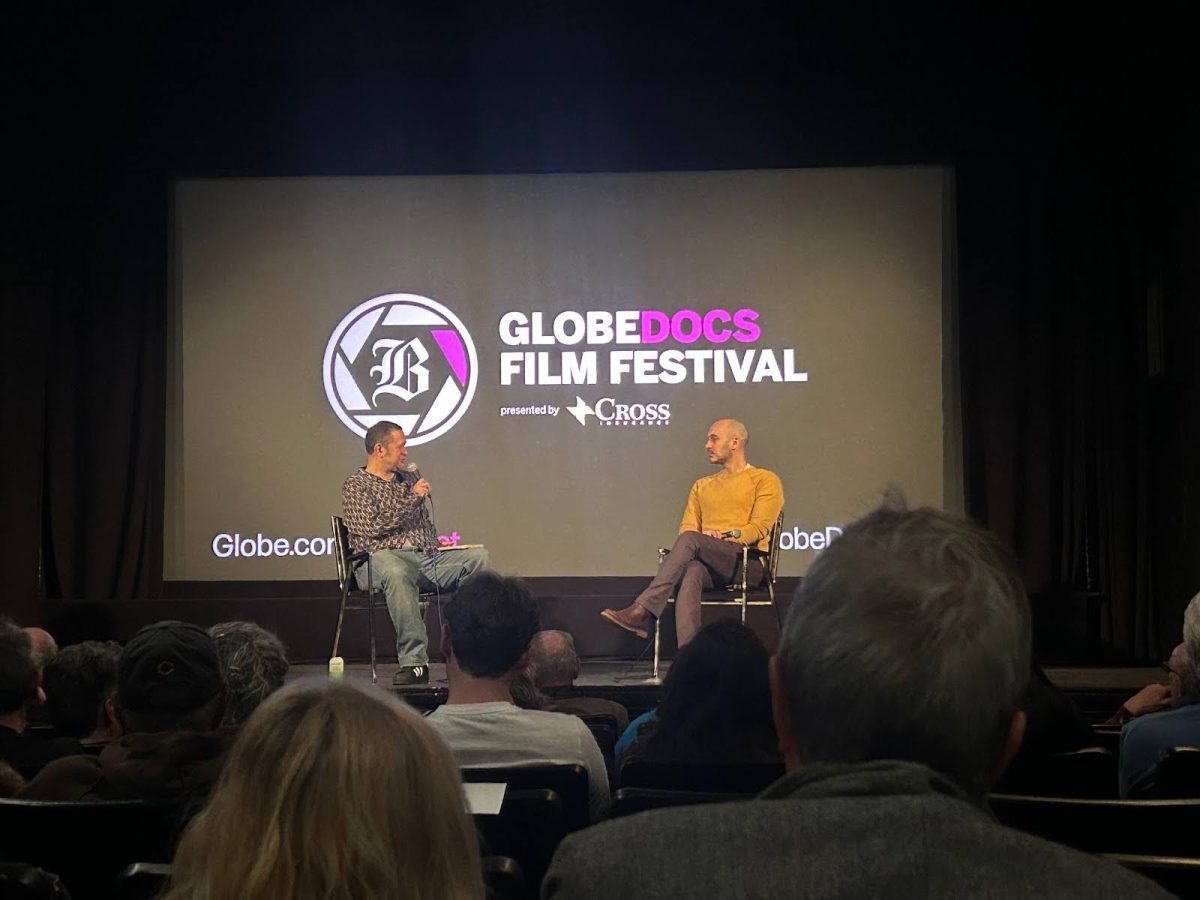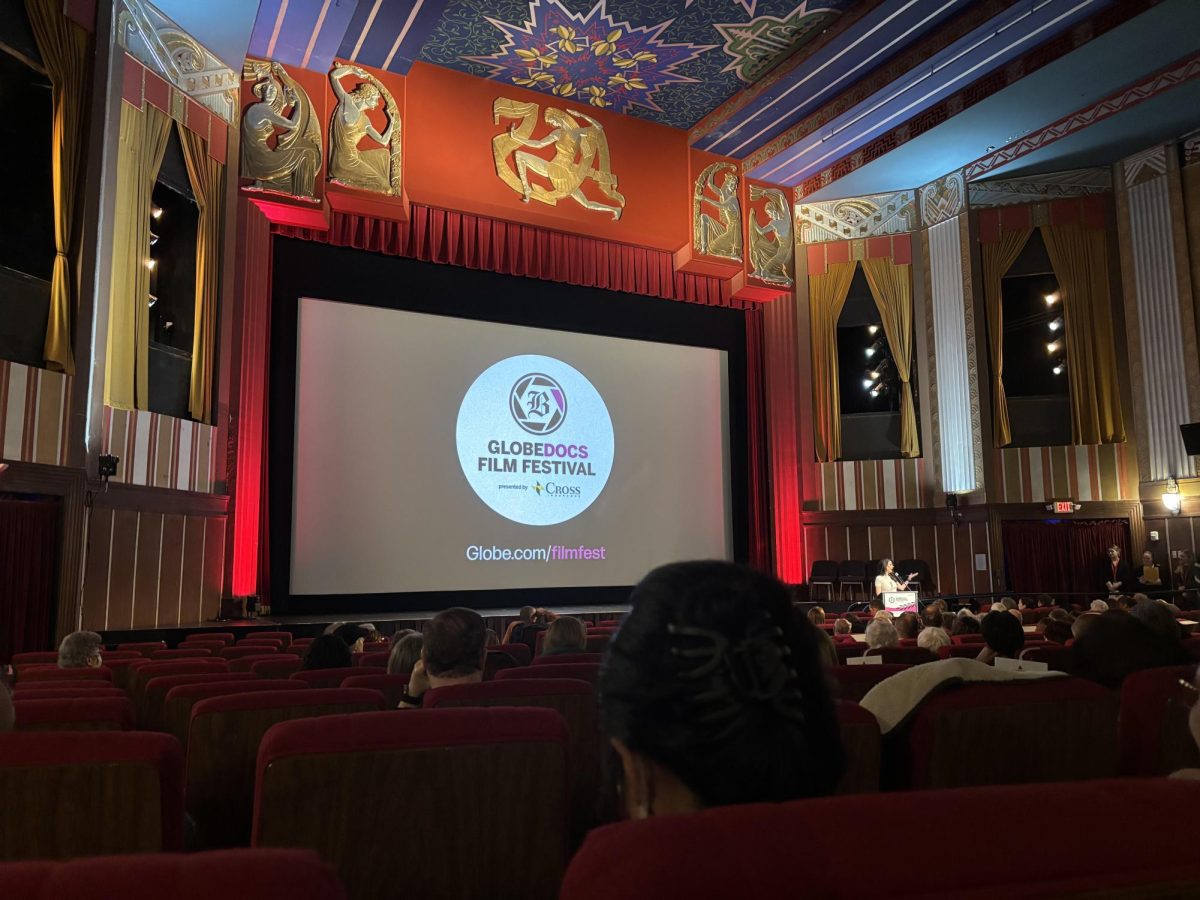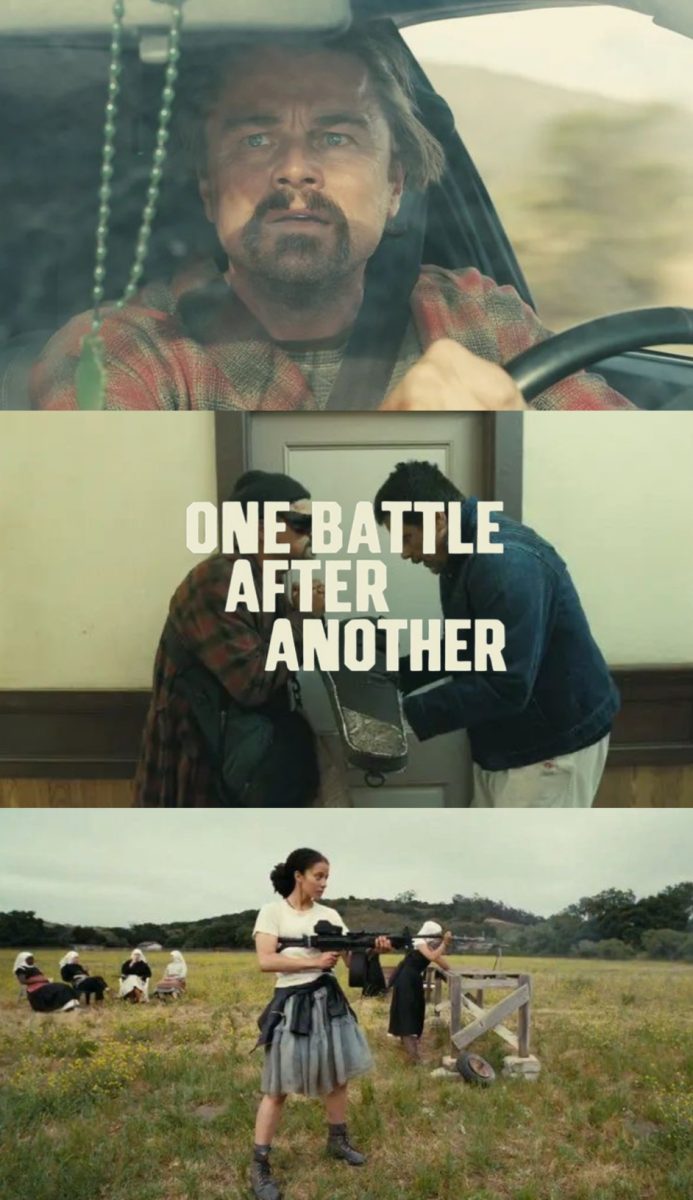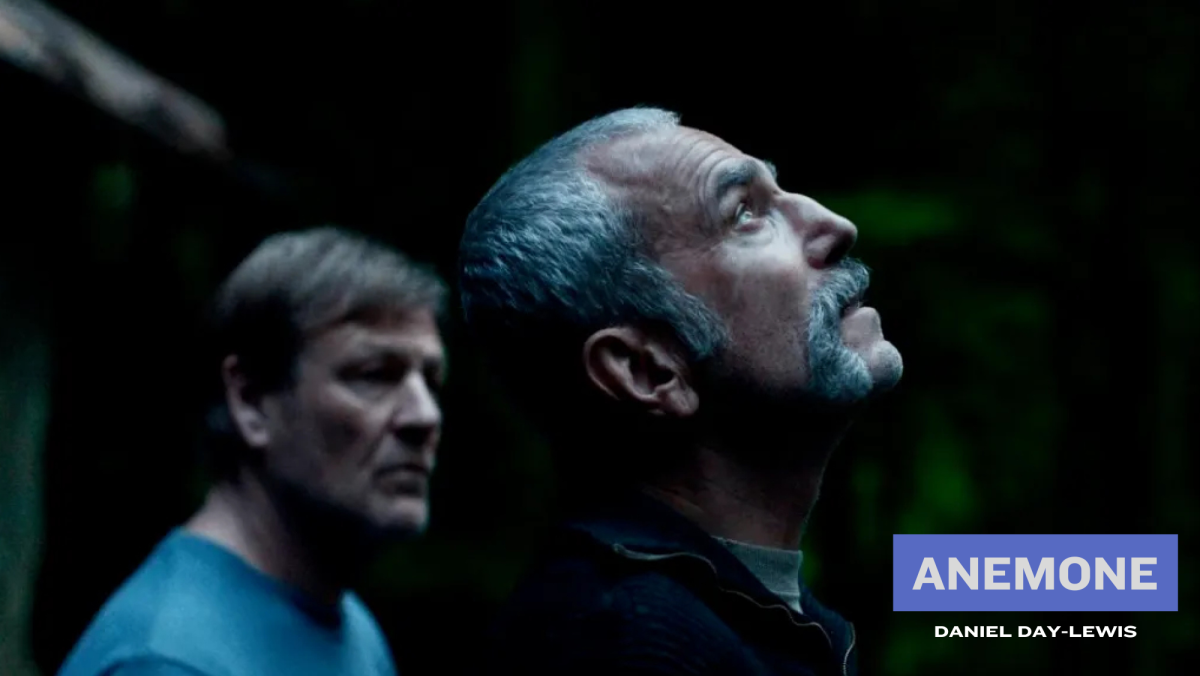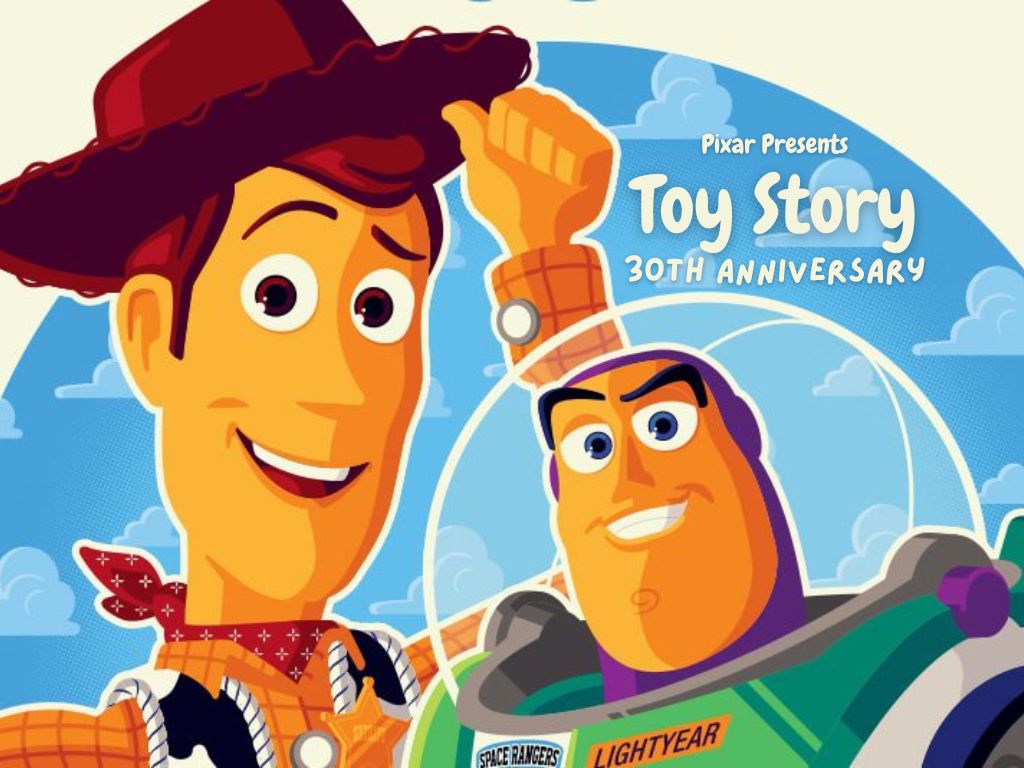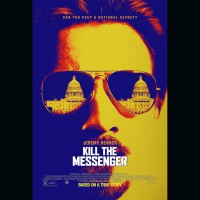
Nearly a decade after his suicide, the story of investigative journalist Gary Webb’s life and the release of his most important work, The Dark Alliance series, has been brought to the big screen in a masterful, yet careful, depiction by director Michael Cuesta.
The film convincingly shows an ugly side of journalism, one where a reporter releases a shocking, but true, story that powerful interests did not want to be heard. And when those powerful interests distort his work and label him a liar, none of his sources, his editors, or those who know that his story is true step forward to back him up. When he most needs help, he is failed.
In 1996, Webb wrote an expansive, three-part story for The San Jose Mercury News documenting that profits from crack cocaine sales in Los Angeles had funded the Contras, a CIA-backed revolutionary group fighting the leftist government in Nicaragua. While Webb never claimed that the CIA directly supported the drug dealers, he documented that the agency was aware of the scheme, using many reliable sources. The U.S. government and major newspapers immediately criticized his research, dissecting and criticizing it as at best unreliable and at worst fabricated.
The movie covers his research into the case, the release of his series, and the backlash that ensued. Jeremy Renner, as Webb, brings the man to life, giving a very realistic portrayal of him through his euphoric pride in his work to his despair when he realizes almost everyone in the government, and his cherished news industry, has turned on him.
The story starts with Webb’s quiet life and stable job and follows him to the ghettos of South Central Los Angeles, Nicaragua, and Washington D.C. in his attempt to dig deeper into the complex mystery. The film relies on the actors’ ability to tell the story, and aside from some creative camera angles, uses almost no special effects, giving it a very humane feel and making the audience empathize greatly with Webb.
Renner’s performance is as stellar as his role in “The Hurt Locker,” (2008) where he played a U.S. Army bomb disposal technician in Iraq. Interestingly, both roles are men who are addicted to their job. In “The Hurt Locker,” Renner’s character returns to the battlefield because it is where he feels most at home. In “Kill the Messenger,” he is a journalist whose commitment to the story turns into an obsession, and later, an oppression, as others misconstrue his work and tarnish his name, discrediting him as a journalist. He finds himself an outcast from the community he has held so dearly his whole life: journalists and newspapers.
Other smaller, but notable, performances include Michael Sheen, who plays a D.C. insider who tries to warn Webb of the massive trap he is walking into if he releases the story. Ray Liotta, as a former special operator, has a brief, but intense, scene with Webb as he explains his work for the CIA and details about the agency’s influence abroad. Lucas Hedges plays Webb’s 16-year-old son, Ian, who is close with his father and admires his work.
Most importantly, “Kill the Messenger” does a good job of examining his life. As Cuesta said, in a question and answer following the screening, he could only cover so much of Webb’s vastly complicated story and the aftermath of The Dark Alliance series.
Even today, Gary Webb goes unappreciated by so many who are unfamiliar with The Dark Alliance and the horrifying story of his work. Everyone should see this film, not only because it is an extremely well done, but more importantly, to honor Webb and the sacrifice he made to inform the public.
It is especially essential for aspiring reporters and investigative journalists, who cannot possibly comprehend the potential dangers of their profession without understanding Webb and his powerful commitment to his duty: to shine a light on the facts and inform the public.




